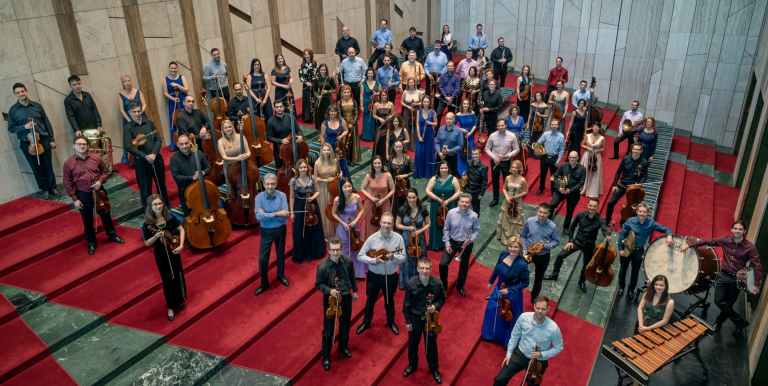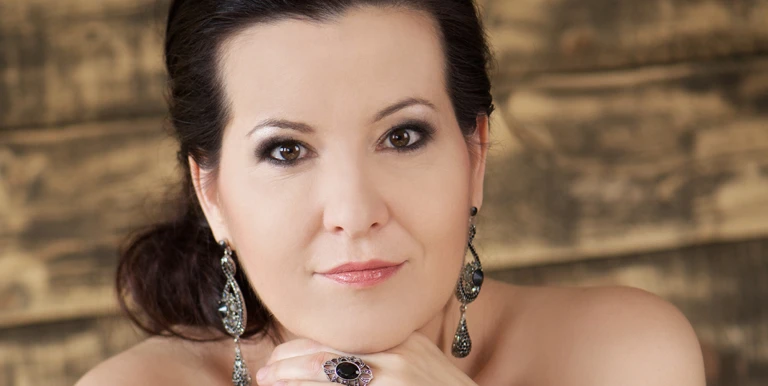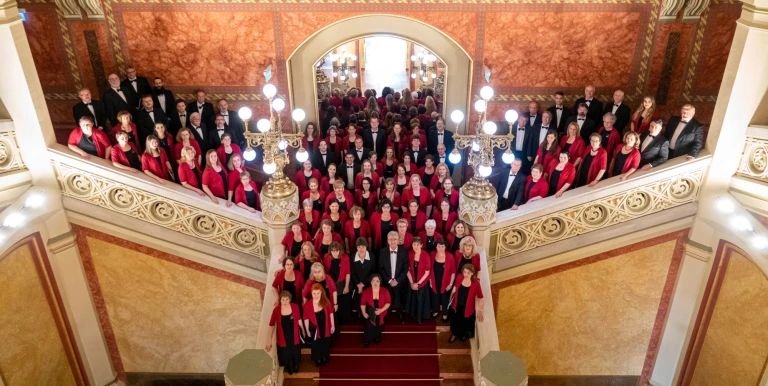Conductor:
Featuring:
Dvořák
Stabat Mater, Op. 58
Dvořák's Stabat Mater is both one of the composer's most significant works as well as being a remarkable - and unique in many respects - part of the Romantic oratorio repertoire.
Music historians usually associate the writing of the piece with the loss of his child, and he also lost two other children while composing the work. The Stabat Mater can also be considered one of the outstanding works of Christian culture, because even while communicating endless pain, it finally goes on to express faith in life. The unique value of the piece lies in how, despite the extraordinary emotional profundities, it is always organised into well-disciplined and clearly framed movements, which in their structure, dramaturgy, and relationship to each other show an incredible number of faces of pain. Framing the work are the opening and closing movements. The opening movement is genesis-type music, which can be interpreted as the birth of pain. The beginning of the final movement is a reprise of the first movement. The other movements are mostly march-like in character: the Eia Mater is a funeral march, while the Fac me vere for male choir and tenor soloist is likewise a military march. The most beautiful movement in the piece, the Inflammatus et accensus, written for an alto soloist, is monotone march music conveying the act of moving in place The choral movement that closes the first half of the piece, the Tui nati, is a real rocker. Naturally, not even Dvořák was immune from the influence of Italian opera. The Quis est homo movement is a characteristically operatic quartet incorporating a collision of different types of musical material. A similarly operatic moment is the desperate and pained aria of the bass soloist, with what sounds like a heavenly choir singing from behind the scenes. Supplementing this performance of the Stabat Mater will be projections of both the text and artworks related to the theme of the work.
Presented by: Müpa Budapest, Budafok Dohnanyi Orchestra
-
We wish to inform you that in the event that Müpa Budapest's underground garage and outdoor car park are operating at full capacity, it is advisable to plan for increased waiting times when you arrive. In order to avoid this, we recommend that you depart for our events in time, so that you you can find the ideal parking spot quickly and smoothly and arrive for our performance in comfort. The Müpa Budapest underground garage gates will be operated by an automatic number plate recognition system. Parking is free of charge for visitors with tickets to any of our paid performances on that given day. The detailed parking policy of Müpa Budapest is available here.
















